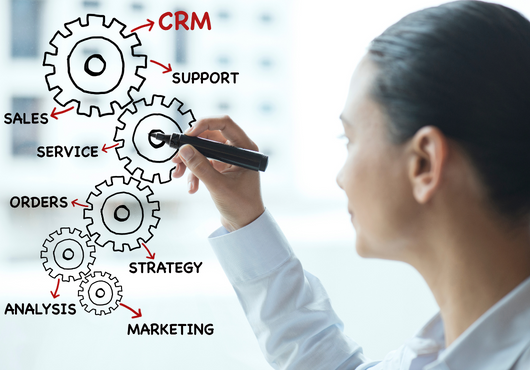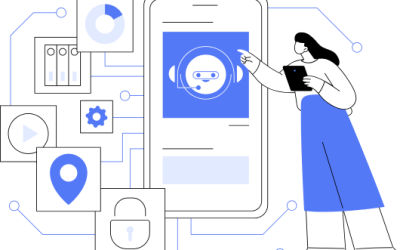What is the best way to track your opportunities and leads? Create a sales funnel with stages to reflect your product and sales cycle and move prospects through to their conclusions. Win or lose, you will gain incredible insights into your marketing and sales processes and will close more sales with less Follow-Up Fatigue (FUF).
The Funnel is Your Lens
Whether you manage salespeople or you are a sole proprietor, your sales funnel is the lens to see the status of every opportunity. Organize leads by stage to help you prioritize the next steps. The funnel or pipeline shows you where prospects get stuck and can also automate outreach at each stage of your sales funnel.
Your business and how you sell are unique. Create the right number of stages based on what you sell and your buyer’s decision-making process. Create stages that drive your prospect to a conclusion. For example, if you demo your product, typically, before a sale, create a stage called “Demo Product.” Make sure that one stage is “Deliver Proposal” as it is hard to win otherwise.
Timing Your Emails and Calls are Powerful
Once you have your sales funnel, automate personalized emails to your prospects and internal reminders to yourself to call the prospect. Send your emails and then call the next day so your prospect knows you care. Use your “high touch” supported by your CRM’s “hi-tech” and you will close more sales with less follow-up fatigue.
Ken’s Kitchen
Ken’s Kitchen, a fictitious kitchen remodeling company, created its sales funnel to help lead homeowners through the purchase of a kitchen remodel. They created 5 stages:
1 – Initial interest and lead source capture
2 – Phone consultation to discuss the scope
3 – Onsite visit to finalize scope and measurements
4 – Project estimate and proposal delivery
5 – Estimate won or lost (Homeowner signs the contract or declines estimate)
Using X2CRM’s built-in funnel, the team now sees its hot prospects as shown below:
Ken’s kitchen funnel.






